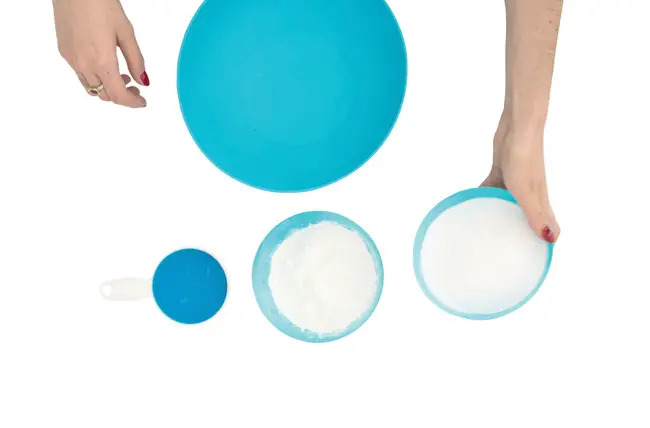Fifty percent of children get a dental injury at some point. Here, our dental experts lay out a recipe for handling a variety of tooth-related emergencies.
 Mary, what happened to you?” cried out Mary’s mom. Her little one came to her with tears in her eyes and, surprisingly, a big tooth in her hand. The day Mary turned nine years old she and her friends were playing in the backyard when she fell. To Mary’s mom, who was watching from afar, it was a fall like so many others. However, a quick evaluation of the situation made Mary’s mom understand that it wasn’t a baby tooth that her child was carrying in her hand.
Mary, what happened to you?” cried out Mary’s mom. Her little one came to her with tears in her eyes and, surprisingly, a big tooth in her hand. The day Mary turned nine years old she and her friends were playing in the backyard when she fell. To Mary’s mom, who was watching from afar, it was a fall like so many others. However, a quick evaluation of the situation made Mary’s mom understand that it wasn’t a baby tooth that her child was carrying in her hand.
Seeing her sweet daughter crying, bleeding, and in pain, Mary knew she had to act quickly, since there were only a few minutes to save the knocked-out adult tooth. Obtaining dental care within 30 minutes can be the difference between saving or losing a tooth.
Injuries in children’s teeth can be very distressing, and a seemingly insignificant small stone can be a child’s worst enemy. When Mary fell, she hit a stone with her mouth and a tooth flew out.
The greatest incidence of trauma to the primary dentition (baby teeth) occurs at 2 to 3 years of age, when motor coordination is developing. Injuries to primary teeth usually result from falls and collisions as the child learns to walk and run. The most common injuries to permanent teeth (adult teeth) occur secondary to falls, followed by traffic accidents, violence, and sports.
The American Academy of Pediatric Dentistry and the International Association of Dental Traumatology recommend guidelines for management of traumatic dental injuries. Your dentist is aware of the treatment required. However, you – mom and dad – are the first-aid for your kid’s teeth.
Always remember: Don’t panic. Then, confirm that you are only dealing with a dental injury. If so, identify whether the traumatized tooth is a baby or an adult tooth, and what kind of dental trauma your child has suffered. In order for you to act as an “expert,” follow the “Save-a-Tooth Recipe” below.
Save-A-Tooth Recipe
| Findings | Recipe |
| Tooth fracture: Loss of a piece of tooth | Help your child to rinse out with warm water. Use a cold cloth or ice pack to reduce swelling. If possible, find the tooth fragment. Visit your dentist as soon as possible. |
| Root fracture: a crown fragment attached to the gingiva is mobile. | Help your child to rinse out with cold water. Keep an ice pack over the lip and mouth to reduce swelling. Visit your dentist as soon as possible. |
| Concussion: the tooth is tender to touch or tapping without mobility, displacement, or bleeding. | See above recipe for root fracture |
| Subluxation: the tooth is tender to touch or tapping and has increased mobility but it is not displaced. Bleeding around the tooth may be noted. | See above recipe for root fracture |
| Intrusive luxation: the tooth appears to be shortened (in severe cases, it may appear missing). It is not mobile or tender to touch. | See above recipe for root fracture |
| Lateral luxation: a tooth is displaced laterally and may be locked firmly into this new position. |
Help your child to rinse out with cold water. Keep an ice pack over the lip and mouth to reduce swelling. Try to reposition the tooth back to its normal position using gentle finger pressure. Gently hold the tooth in position. Visit your dentist as soon as possible. |
| Extrusive luxation: the tooth appears elongated and is excessively mobile. | See above recipe for lateral luxation |
| Avulsion: the tooth is completely knocked out of the dental socket. |
A baby tooth should never be replanted. Replant an adult tooth as soon as possible. Do not touch the root of the tooth; handle it by the crown only. Rinse the tooth only if there is dirt covering it. Do not scrub or scrape it. Replant the tooth into the socket slowly with digital pressure and hold it in position. The tooth should never be allowed to dry, which will compromise its survival. Visit your dentist within 60 minutes. |
Dr. Catarina Ferreira, clinical director, and Dr. Mani Alikhani, provide comprehensive orthodontic care for all ages at House of Orthodontia in the Cobble Hill section of Brooklyn.





















